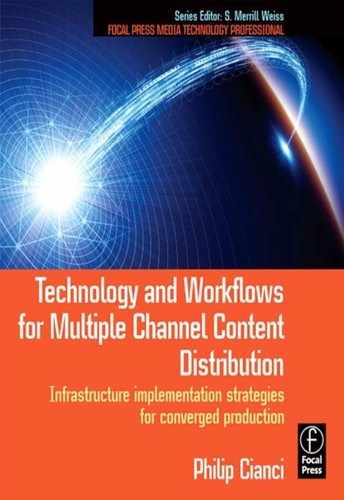Acknowledgments
Writing a book like this forces one to draw from a lifetime of experiences; things I did decades ago have come to have relevance now.
If Wayne Carpenter and I had stayed in the “Big D,” I'd be rich, famous, and dead by now! Those bands we formed and managed in our teens were amazing. From the Gent's and Ted Mack's Amateur Hour to Chuck McCann and auditioning on the Soupy Sales set, the “last night” at Arthur's disco in 1969, and then Woodstock and Boston … the bond between our spirits can never be broken.
Returning from the Woodstock Festival in 1969 and needing a job, I tried a local business in my home town of Harrison, NY and got my first real job. It was at color media innovators Rosco Labs. I am indebted to Stan Miller and the late Lenny Kraft for breaking me into theatrical production. Their enthusiasm for their products was infectious.
Without Bob Regina, who hired me at ESPN and gave me the opportunity to explore and learn about how a TV superpower creates content and conducts business, I never would have moved from broadcast engineering to the bigger picture, encompassing not just the technology but the creative and business factors relevant in the media business. The department he put together (BITS then BMTG), a group that addressed IT in broadcast, was a source of esoteric IT wisdom. I learned just how complicated networks, storage, and computer platforms can be, as they educated vendors and system integrators in order to get ESPN's Digital Center up and running.
Steve Keaney at ESPN Creative Services clued me in to the mix between creative and technology in a broadcast environment. My conversations with Steve were always on the leading edge of what might be doable. I certainly learned a lot about creative application of technology.
Then there were my colleagues at Philips Research—Kees van Zon, Dave Bryan, Johan Johnson—and Michael Gerrings, Gert Gertz, and Jack Koopers at the Nat Lab in Eindhoven. Their support and guidance in establishing a Video Simulation Infrastructure, beginning in 1999, provided the foundation for my segue from DTV R&D to broadcast facility systems engineering.
Thanks to all the pros at Focal Press for providing the mechanism to create this book; especially, Angelina Ward—who saw this book proposal through an aborted review, a failed review, and finally a successful review—and Carlin Reagan, who worked as the in-house development editor and saw it into production. Thanks also to assistant editor Kara Race-Moore and project manager Phil Bugeau. And thanks to Eric Schumacher-Rasmussen, editor of Streaming Media and my development editor, who tirelessly worked with me through the crunch to get this book published in time for NAB 2009. Without his professionalism and perseverance, I would have given up all hope.
I owe many thanks to Brad Dick, editor-in-chief of Broadcast Engineering magazine, for his longstanding support. While I was editor of the e-newsletter Transition to Digital, I developed many topics that are discussed in this book. I thank Penton Publishing for their permission to use and adapt some of the content that appeared online and now appears in various parts of this work.
My thanks go to James Snyder colleague and friend who reviewed Chapter 7. Hopefully, I incorporated his corrections accurately and completely; if not, the fault is entirely mine.
My appreciation is also extended to Communication Engineering, Inc. for their support in writing this book; a great bunch of people and a collegial work environment.
And of course, my deepest gratitude to my sweetheart Marcie, who gave me just the right jolt to get me to finish the last 5%, always the hardest part.
